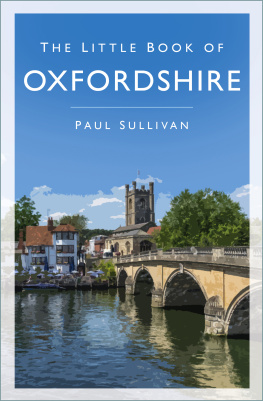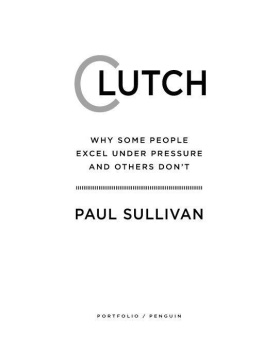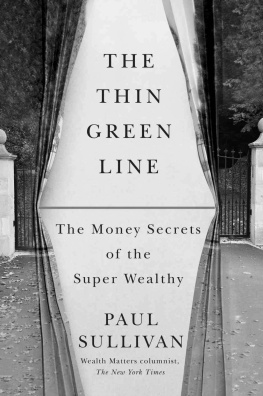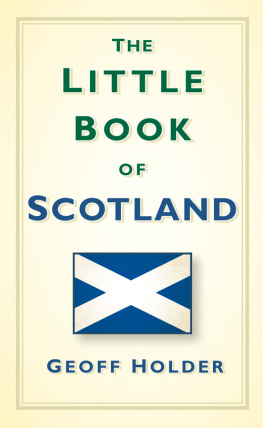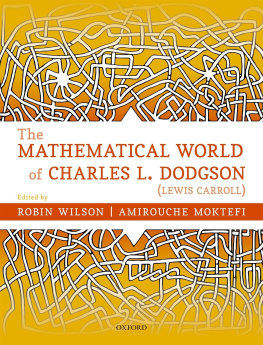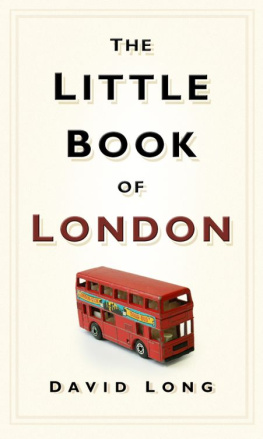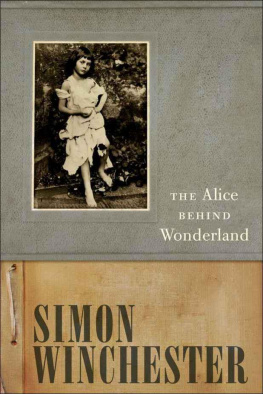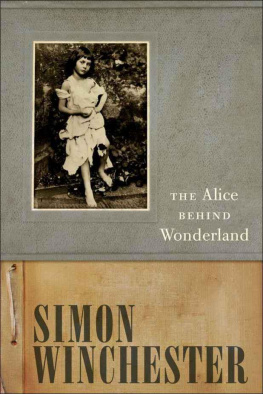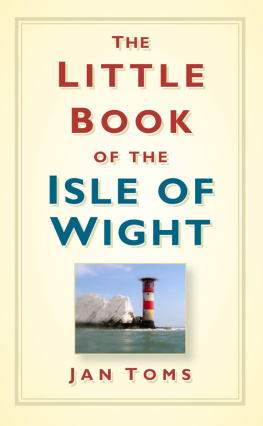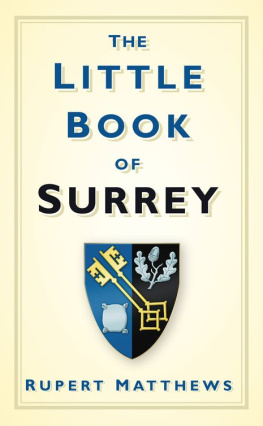Contents
Guide

For Jan and Theo, sons and residents
First published 2012
This paperback edition published 2021
The History Press
97 St Georges Place,
Cheltenham,
Gloucestershire,
GL50 3QB
www.thehistorypress.co.uk
Paul Sullivan, 2012, 2021
The right of Paul Sullivan to be identified as the Author of this work has been asserted in accordance with the Copyrights, Designs and Patents Act 1988.
All rights reserved. No part of this book may be reprinted or reproduced or utilised in any form or by any electronic, mechanical or other means, now known or hereafter invented, including photocopying and recording, or in any information storage or retrieval system, without the permission in writing from the Publishers.
British Library Cataloguing in Publication Data.
A catalogue record for this book is available from the British Library.
ISBN 978 0 7524 8243 9
Typesetting and origination by The History Press
Printed and bound by TJ International Limited, Padstow, Cornwall
eBook converted by Geethik Technologies
CONTENTS
ACKNOWLEDGEMENTS
Thanks to the following: Marlene Sullivan (aka Mam) for once again giving me the time, space and three meals a day that enabled this book to be written; Terry Sullivan (aka Dad) for being part of the above, and for taking photographs; Jay Sullivan, who saw less of me as a result of all the background reading, but was the best of company when we managed to grab time together; Cate Ludlow, Jennifer Briancourt and Beth Amphlett at The History Press, who gave the go ahead and wielded the editorial shears; and Geoff Morgan and Sarah Day, who probably dont realise how encouraging they were.
INTRODUCTION
Oxfordshire is schizophrenic. Part of it likes to think of itself as the Cotswolds, another part is defined by the Chilterns, and the northern chunk calls itself Banburyshire. A large section to the south was wrested from Berkshire in 1974, and the county towns University has often dominated matters like a sergeant-major in a room full of new recruits leading to the Town and Gown divide. But in spite of this, the county has a pleasing visual cohesion, based on low, rolling hills and swathes of agricultural land, and well-manicured structures of golden limestone and Oxfordshire bricks. It has institutions that knit it together too, from RAF bases to morris dancing, and from Civil War battlefields to Aunt Sally championships.
As an educational gateway for royalty, politicians, artists and scientists, Oxford and its satellite villages have unfair riches of celebrity residents. The history of Oxford is in many ways the history of England; but when combined with tales from the outlying towns and villages, the brew is even richer.
In the interests of space, I have had to suppress my instinct to include every theme under the sun; and if any omission seems glaring, it is simply that the stories gathered here won their place on a first-come-first-served basis. The main purpose of this book is to entertain, through insightful, funny and sometimes disturbing stories. In doing so it covers as much of the county as possible, from gleaming high streets to muddy back lanes, giving equal emphasis to each of the five Local Authority areas of Cherwell, Oxford, South Oxfordshire, Vale of White Horse and West Oxfordshire. Wherever you find yourself in the county, there is a quirky tale in this book describing something weird that can be seen or experienced, or that happened, nearby. So, to whet the appetite:
On 6 July 1696, George Fuller of Chinnor sold his wife to Thomas Heath of Thame for 2d per lb, like meat on a market stall. The grand total was 29sd (making her just over 11 stone, or 70 kilos). The buyer and his purchase enjoyed an illicit honeymoon at the White Hart in Benson, but were arrested after three months, fined, and forced to separate.
Greys Court, near Rotherfield, features a donkey-powered engine. Until well into the twentieth century, the patient beasts walked around a treadmill in the Tudor-built wheel house, operating a pulley that delivered water from a well.
Despite Percy Bysshe Shelley (17921822) being expelled from University College for writing the pamphlet The Necessity of Atheism, he is now its most celebrated alumnus. The memorial statue by Edward Onslow Ford (which was given to the College when the cemetery in Rome where Shelley was buried refused to have it) depicts him nude and dead on the shore at Viareggio, where he drowned.
A flock of Chastleton geese were turned to stone by a witch, when their keeper refused to give her charity. Their remains can still be seen today in the form of an unkempt monolith and a scatter of rocks known as the Goose Stones.
Students used to feed the deer in Magdalen College Grove with a traditional snack of port-soaked sugar cubes.
The A4130, on the edge of the village of Bix, became one of Englands first dual carriageways in 1937.
In 1853, a Cuddesdon resident suffering from goitre swelling of the throat region due to a thyroid problem, usually indicative of iodine deficiency asked for a dead mans hand to be applied to the afflicted spot. Her fathers goitre had been cured by such a treatment, the swelling disappearing as the hand rotted away.
The steps and base of Leafields Market Cross are mediaeval, but the shaft and cross were added in 1873. The new erection was an act of thanksgiving, after the village survived a smallpox epidemic giving the monument the none-too-pretty tag of the Smallpox Cross.
Alice Liddell saw the head and feet of a dodo on a trip to the Ashmolean with Charles Dodgson. The latter, suffering a stammer, instantly became nicknamed Do-do-Dodgson, and, under his nom de plume Lewis Carroll, immortalised both Liddell and himself (as a dodo) in the Alice books.
An invisible phantom coach travels aimlessly but noisily up the Turnpike Road at Aston Tirrold, and a similar thing happens in the courtyard of the Crown & Thistle Hotel in Abingdon.
The stone hounds surmounting the twin pillars at the gateway of Crowsley Park House, near Henley, are effigies of the dogs kept by former owner Sir Henry Baskerville. He was High Sheriff of Oxfordshire in 1847, and his dogs are said to have been the inspiration for Arthur Conan Doyles The Hound of the Baskervilles.
A man was crushed beneath his own cart wheels in 1872, when his horse reared after meeting an elephant on the road from Oxford to Eynsham.
In 1087, Saxon landowner Lady Elviva had to hand over Ambrosden to William the Conquerors butler, Hugh dIvry. In the eighteenth century, it passed to the wonderfully named Page-Turner family, who I immediately invoke as patrons of this book.
Paul Sullivan
Oxford, 2012
1
FOUNDERS, KEEPERS:
The People Who Shaped Oxfordshire
LEGENDARY BEGINNINGS
Memphric
Brutus, great-grandson of Aeneus (survivor of the Siege of Troy), founded Britain around 1120 BC. Amongst his retinue were Greek philosophers, who founded a school at Greeklade (Cricklade) on the banks of the Thames. This embryonic university later shifted to Oxford (Rydychen in the native tongue, Bellisitum in Latin), a city founded by Brutus great grandson Memphric. Memphric (aka Mempricius) was not the most inspirational of founding fathers, murdering his brother at a banquet, opting for tyranny, slaughter and sodomy, and eventually getting eaten by wolves.

